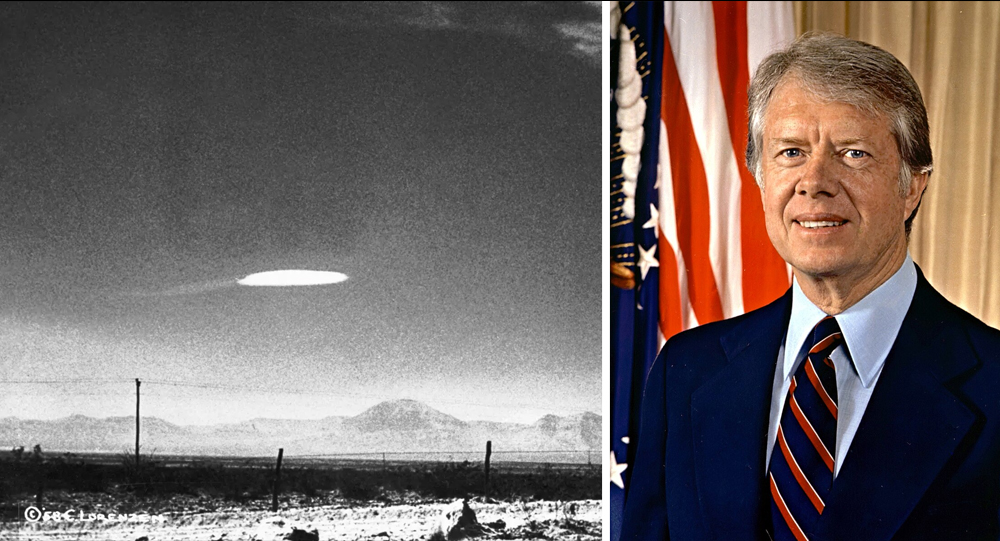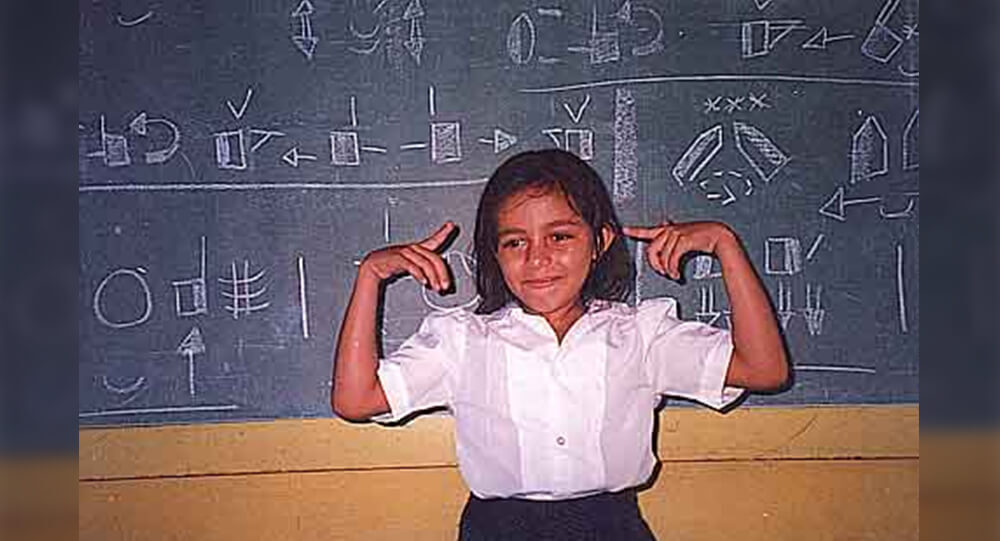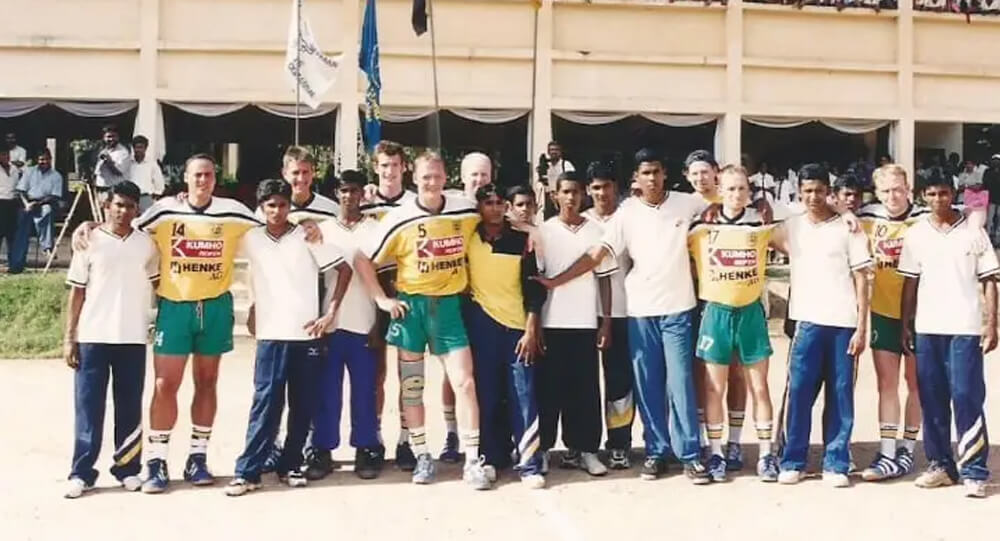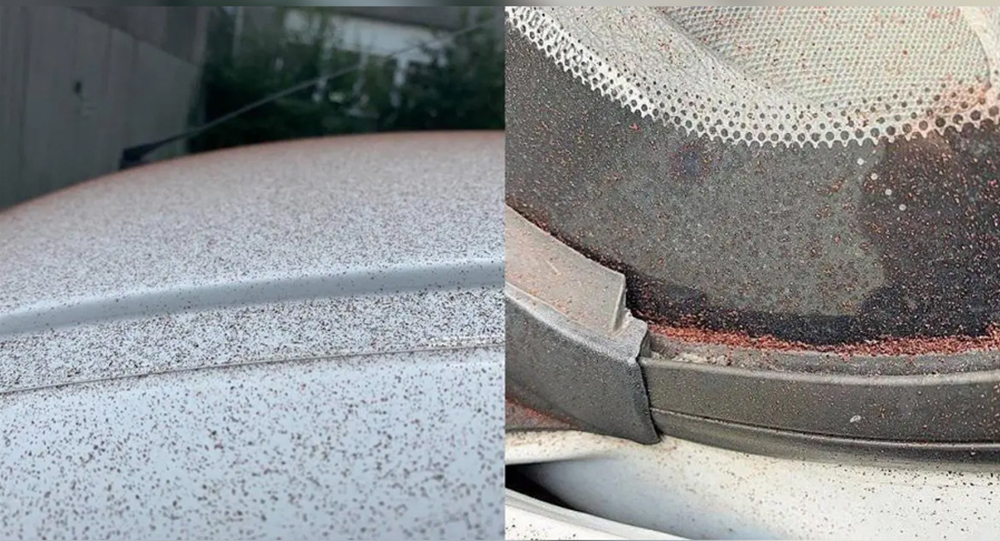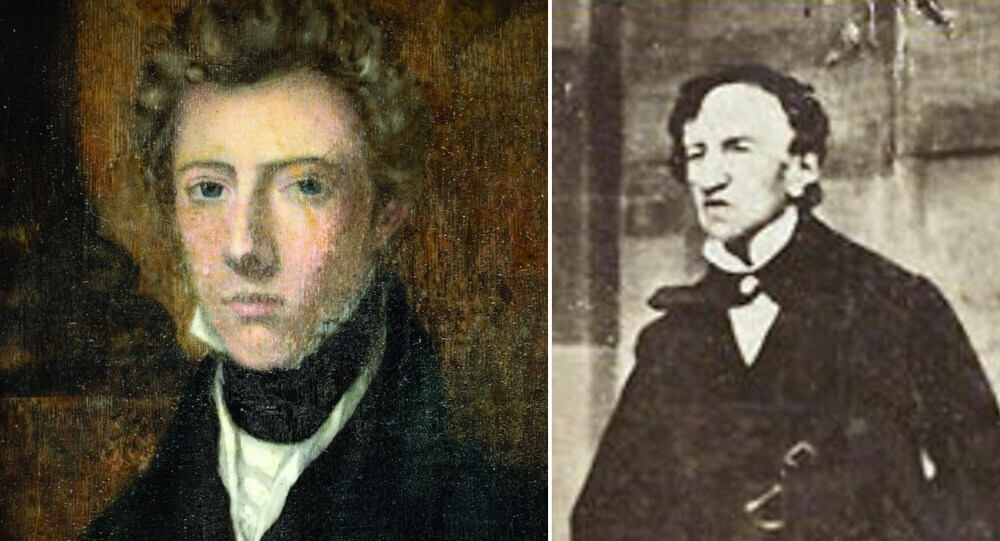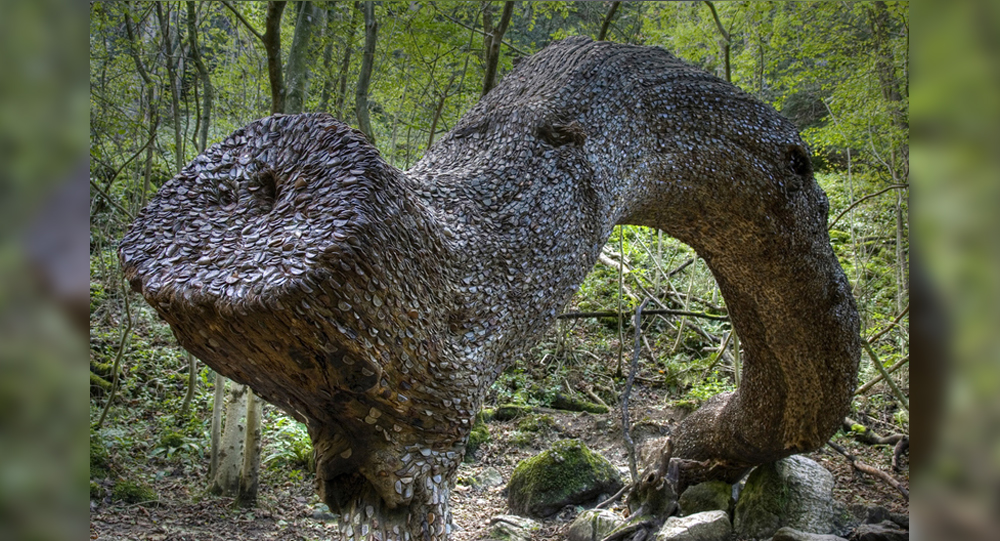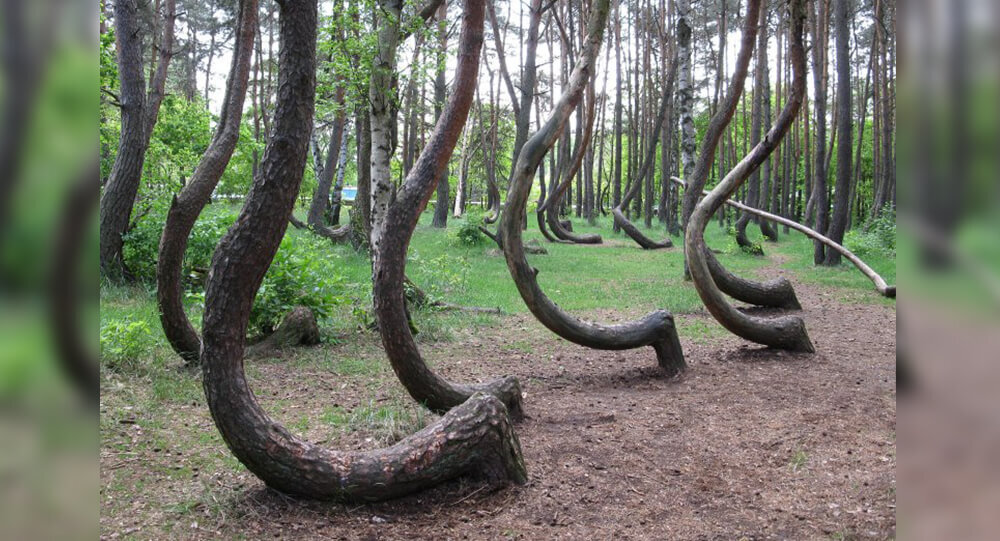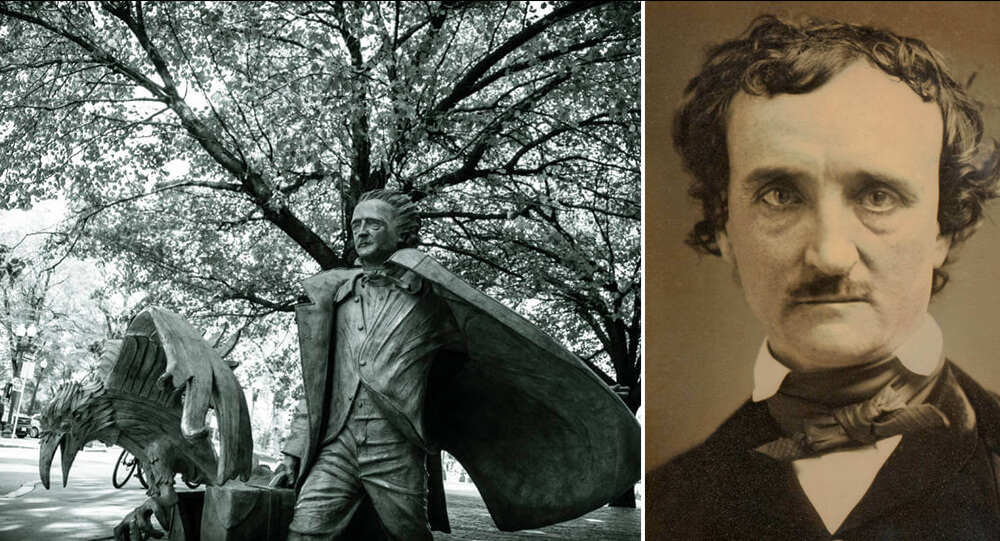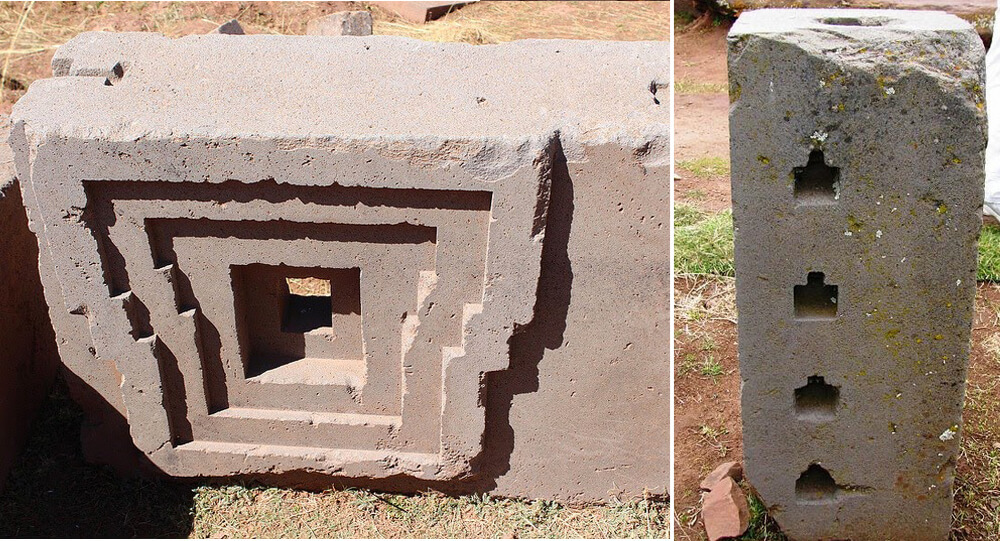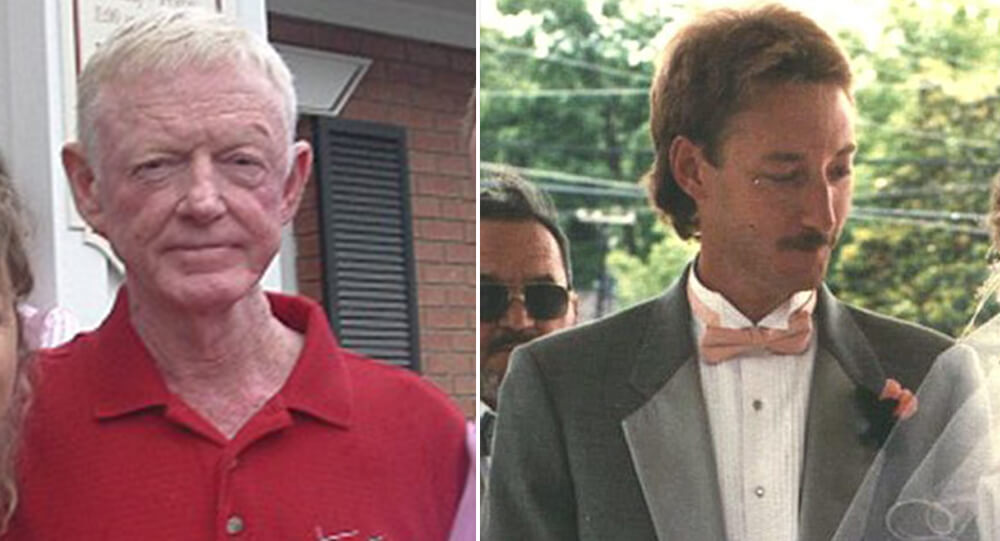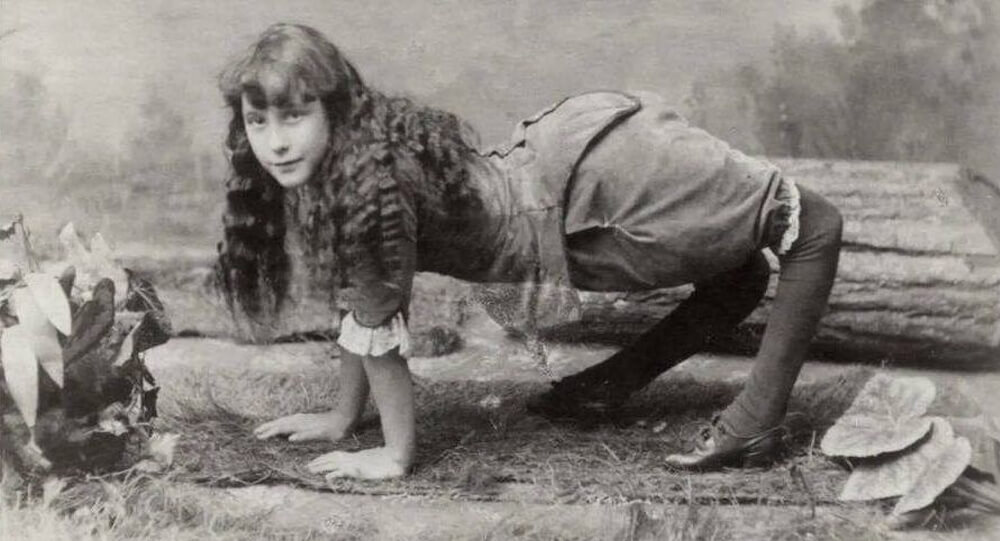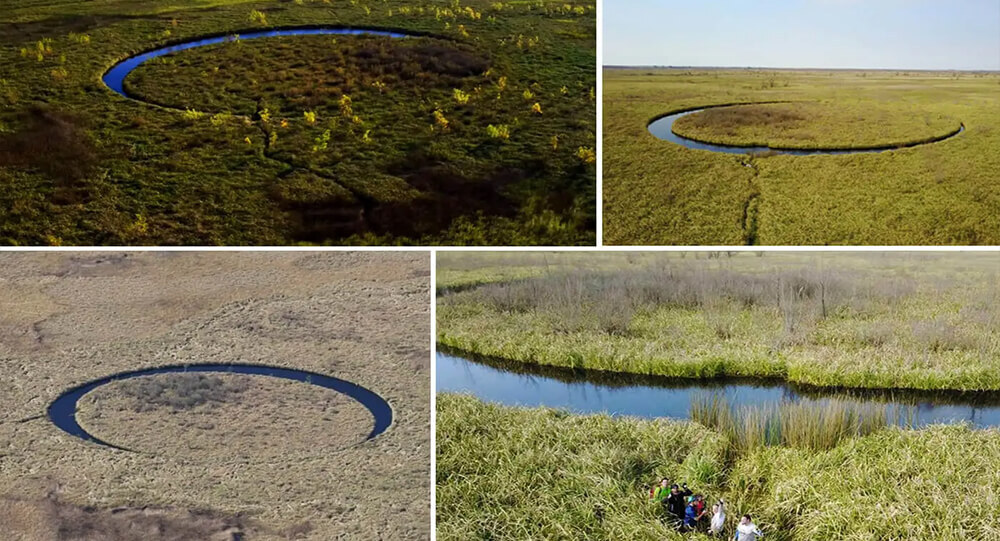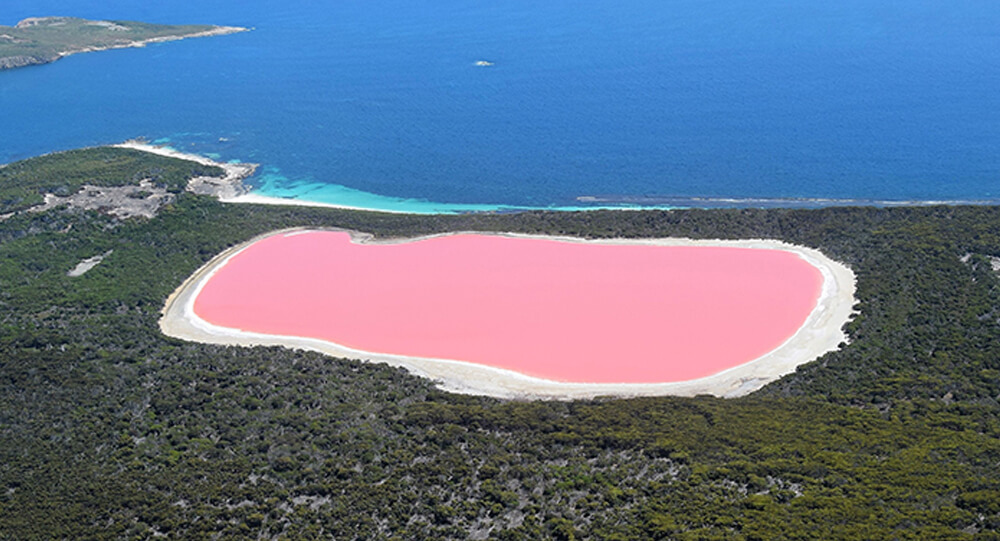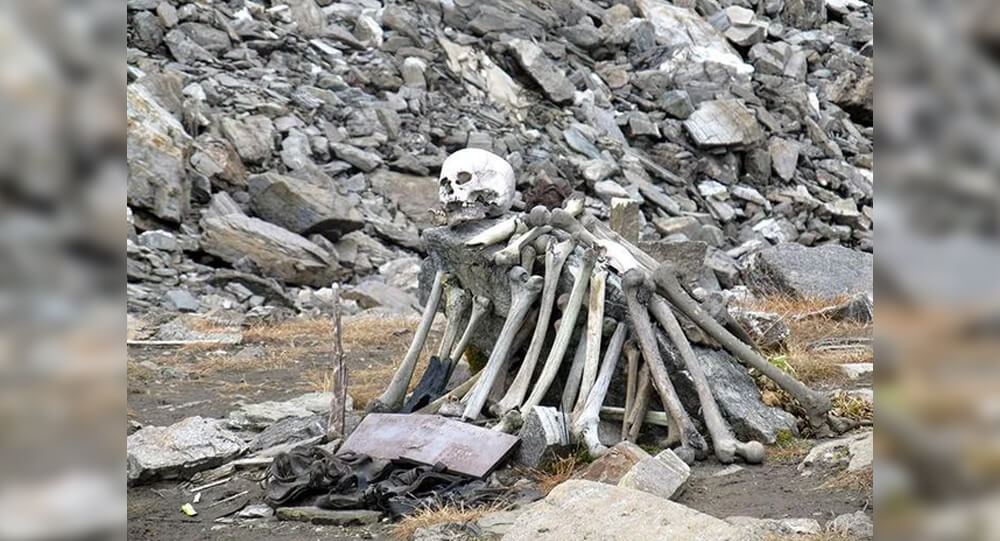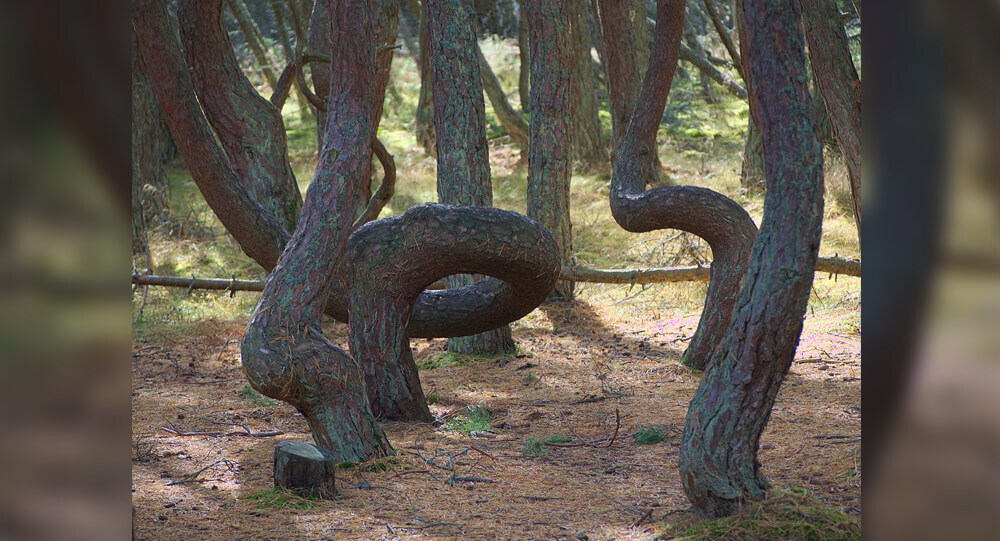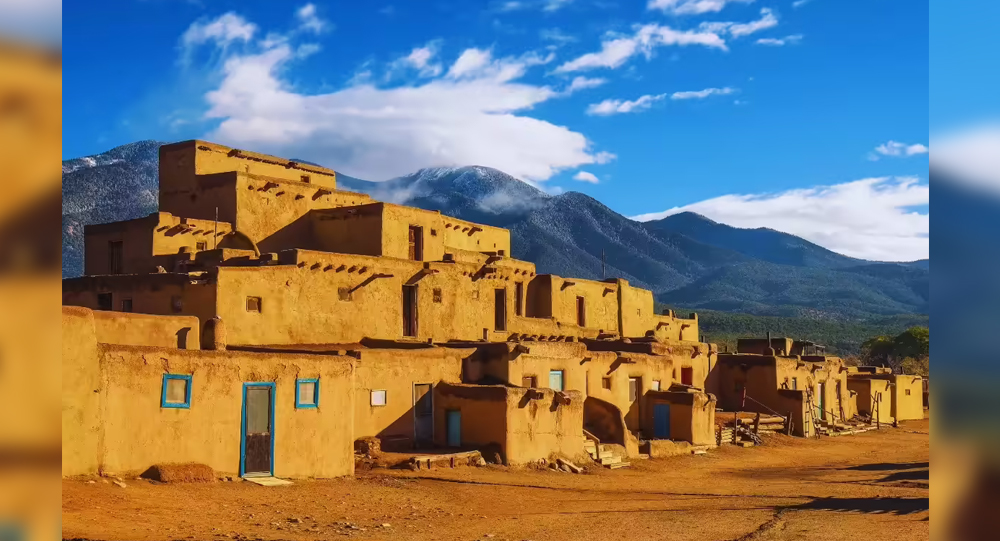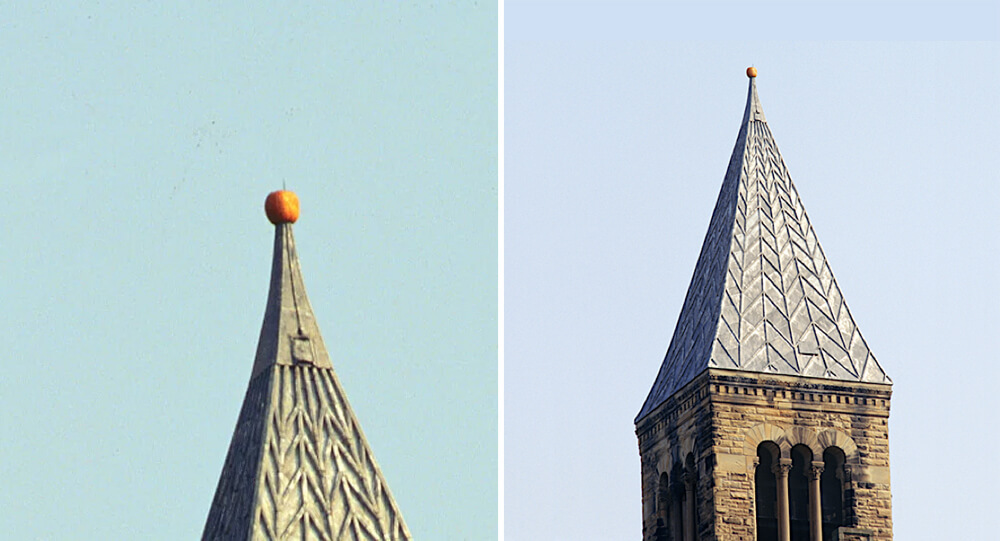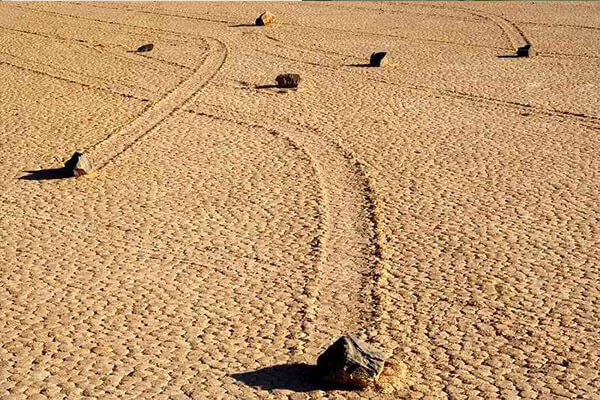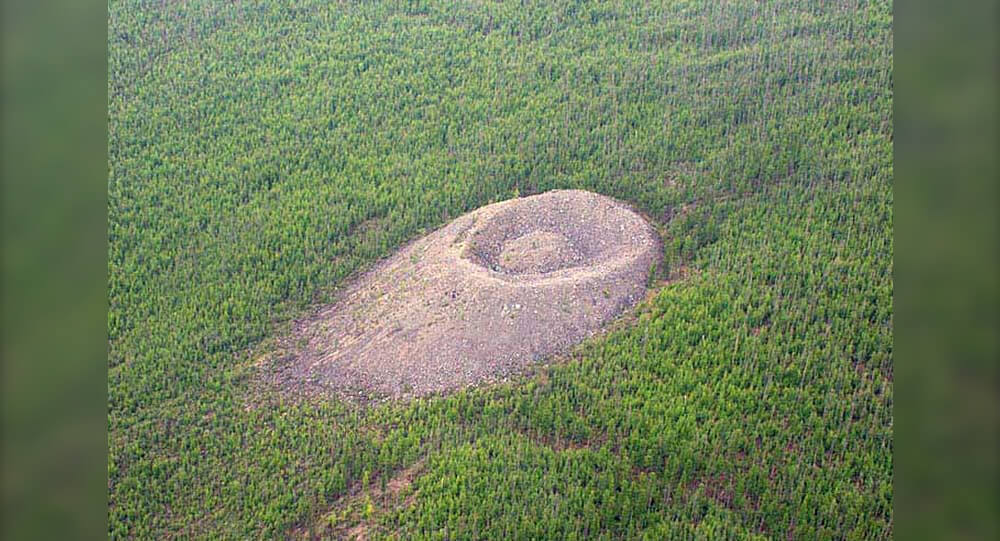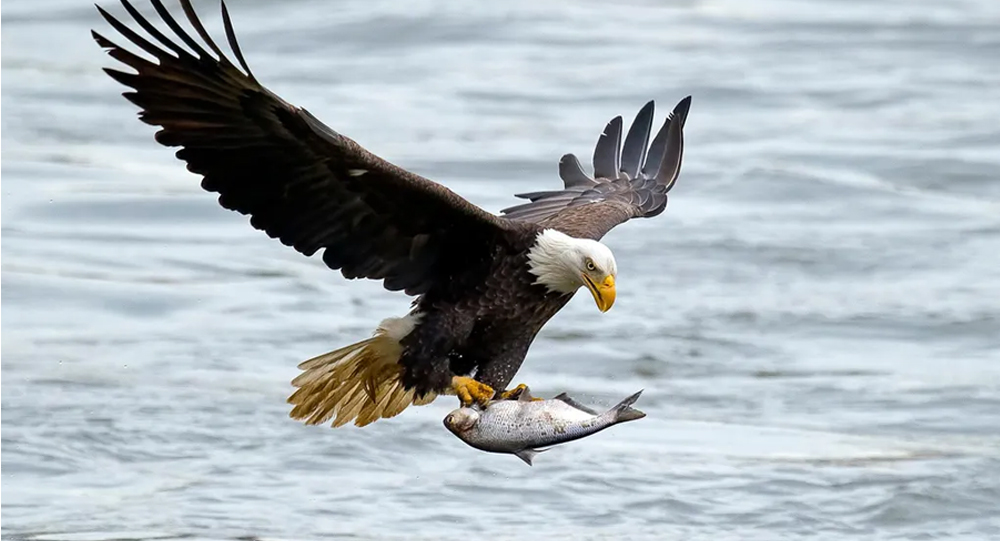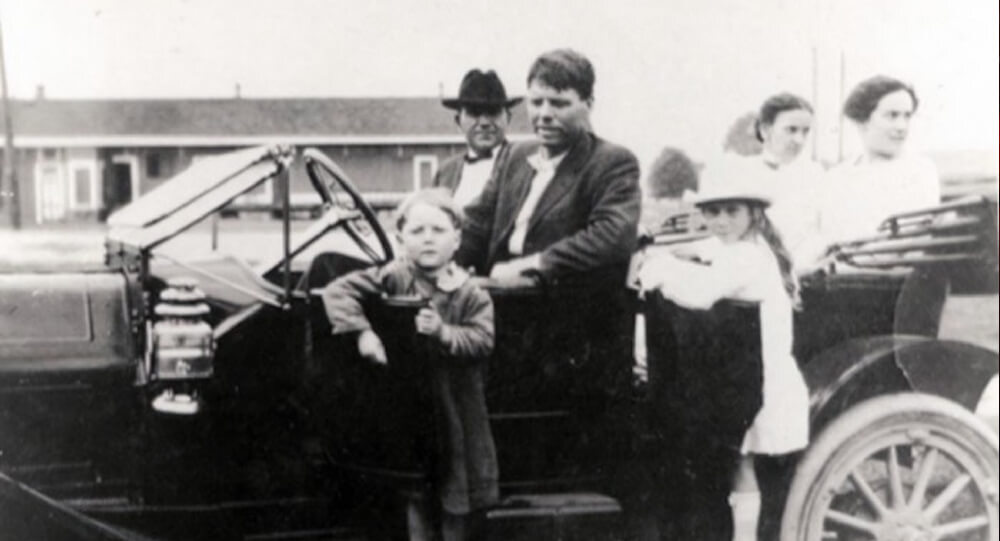

The Unsolved mystery of Bobby Dunbar's Disappearance
Bobby was taken on a fishing trip to Swayze Lake, close to Opelousas, Louisiana, on August 23, 1912, by Percy and Lessie Dunbar and their oldest child, Robert Clarence Dunbar. They had no idea that this trip would have long-lasting effects on their family because, in a tragic turn of events, Bobby disappeared without leaving a trace just before lunch.
A desperate hunt across the United States
The Dunbars launched a nationwide search for their missing son after becoming convinced that their firstborn had been abducted. They offered a $6,000 reward for his safe return without any conditions. They had postcards of Bobby printed, along with a description of his appearance, which read: “Large round blue eyes, hair light, but turning dark, complexion very fair with rosy cheeks, well developed”. It stated, “Big toe on left foot badly scarred from burn when a baby”.
The authorities learned that a young boy who fit Bobby’s description had been located in Mississippi, where he was safe and sound, eight months into the massive rescue effort.
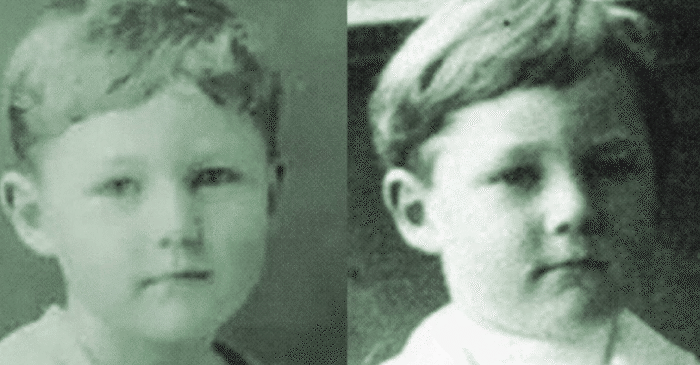
William Cantwell Walters, a worker who specializes in tuning and repairing pianos and organs, was accompanying the boy in. Walters told the police that his companion was Charles Bruce Anderson, his brother’s illegitimate child with Julia Anderson, his family’s longtime maid. Walters claimed that Anderson had given him temporary custody of her child while he was visiting his family in Mississippi.
Despite his protests, Walters was detained and transported to Opelousas to face trial for kidnapping, a crime punishable by death in Louisiana. The Dunbars were then informed by the authorities, and they immediately left for Mississippi to find the boy. The long-awaited return of “Bobby” to his parents would occur after eight long months.
Two reunions overshadowed by uncertainty
The Dunbars initially doubted the boy they were presented with was their son Bobby, according to several press accounts. Lessie herself is quoted as saying, “I don’t know,” after glancing at him. I’m not sure.” In response, the boy reportedly broke down in tears, appearing to be terrified of the Dunbars. Press reports claimed that when he later encountered his younger “brother,” Alonzo Dunbar, there was no reaction from the children.
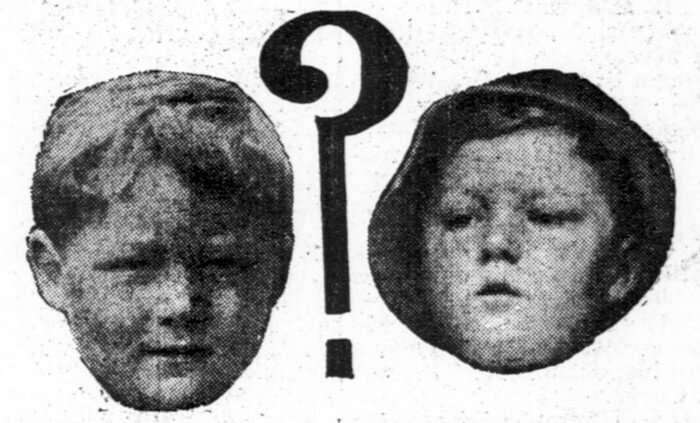
Lessie had the opportunity to bathe the boy the following day. She appeared to recognize the child’s moles and scars but failed to notice the missing burn on his foot, despite which she was convinced that the child was her son. And so, on April 25, 1913, the Dunbar family returned “Bobby” to Opelousas, where there was a parade, brass bands, and a sizable celebration for all of the well-wishers on the courthouse square.
On May 1, Julia Anderson arrived in Louisiana after making arrangements with a New Orleans newspaper to support Walters’ version of events and attest to his innocence. She had trouble recognizing the child as her son Bruce, just like the Dunbars had. The boy, on the other hand, seemed remote and detached from Anderson when he unexpectedly found himself in a large house filled with toys and a pony.
The next day, Julia Anderson was finally allowed to undress the boy, just as Lessie Dunbar had done before her. After looking at him more closely, Julia declared with certainty that he was her son Bruce and made an attempt to leave with him.
Her claims, however, were disregarded at this point because it was widely known that she had missed the boy the day before. Additionally, newspapers were criticizing her moral character because she was an unmarried mother – in the early 20th century, a situation that was disapproved upon by the majority of people.
The custody battle for the child
A defeated Julia went back to North Carolina because she couldn’t afford to hire a lawyer to represent the boy in court, but she soon made a second trip to Louisiana in an effort to get Walters released from custody and get the boy back into her care.
This time, she was accompanied by additional Poplarville, Mississippi locals who claimed to be Walters’ close friends and to have seen the boy there before Bobby vanished, dispelling any notion that he was the Dunbars’ son.
Despite the testimony of these witnesses, the court decided in Lessie and Percy Dunbar’s favor. From that point forward, the Mississippi boy was legally adopted as Robert Clarence Dunbar and went on to live a full life.
The fate of William Walters
After a two-week trial that was widely covered, Walters was found guilty of kidnapping Bobby Dunbar but was spared the death penalty and given a life sentence instead. Walters was sentenced to two years in prison, but his lawyer was able to have his conviction overturned, allowing Walters to have a new trial, which led to his release in 1915.
He spent the rest of his life in the public eye while maintaining his innocence. On April 7, 1945, he passed away from blood poisoning.
The fate of Julia Anderson
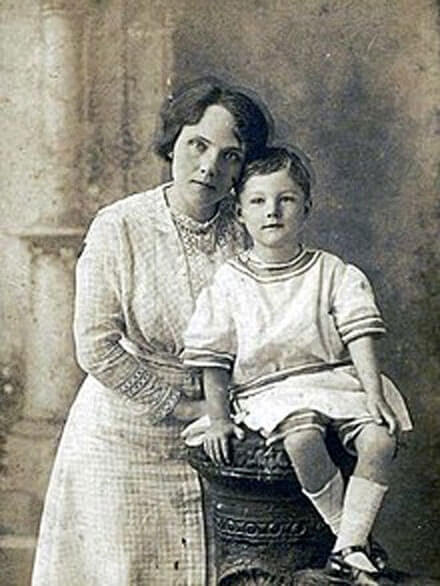
Julia eventually settled down in North Carolina, got married, had seven kids, and converted to Christianity. According to her descendants, she frequently mentioned Bruce and referred to the Dunbars as her son’s shameless kidnappers.
Her only consolation was learning that the boy, whose parental rights she adamantly claimed, had been adopted by a wealthy family. He would lead a better life there than she could have ever hoped to provide for him. The boy was never seen by her again.
The Fate of Bobby Dunbar’s
After the court’s decision, little is known about “Bobby’s” life except that he matured into a man, wed a woman named Marjorie Byars, had four children, and led a happy life.
The generational quest for the truth
In order to finally solve the mystery surrounding her origins, “Bobby Dunbar’s” granddaughter Margaret Dunbar Cutright began an intensive four-year investigation. She teamed up with Linda Travers, one of Julia Anderson’s seven children, and the two of them discovered an anonymous letter written by a woman who identified herself as “The Christian Woman.”
This letter, written in support of Walters and Anderson, was initially delivered to the Opelousas courthouse. Margaret and Linda were motivated to learn the truth about what actually occurred in 1913 by what they read:
“Dear sir, in view of human justice to Julia Anderson and mothers, I am prompted to write to you. I sincerely believe the Dunbars have Bruce Anderson and not their boy. If this is their child, why are they afraid for anyone to see or interview him privately?
I would see nothing to fear, and this seems strange. The Dunbars claim that if this had been their own child and he had been gone eight months, do you think his features would be so changed that they would not know him only by moles and scars? This is a farce. If the Dunbars do not know their child, who has only been gone eight months by his features, why, they don’t know him at all.”
Margaret was persuaded by these words that there was a good chance the child discovered in Mississippi was Bruce Anderson and not Bobby Dunbar after all. She was aware that there was only one way to learn more.
Margaret asked her father, Bob Dunbar, Jr., to provide a DNA sample in 2003, and he sent it to a lab where it was compared to a sample provided by Bobby Dunbar’s brother Alonzo’s son. The test was certain to reveal whether the two men were first-degree cousins or not because the Y chromosome is passed almost unchanged from father to son.
The result was conclusive: no match.
There is no doubt that the boy discovered in Mississippi in 1913 had absolutely nothing to do with the Dunbars. He was most likely Charles Bruce Anderson, Julia Anderson’s son. DNA testing was also carried out to see if this was true, but the outcomes were ambiguous. The boy’s true identity might never be determined.
The aftermath
The entire “Dunbar” family was shocked by the test results. A hard pill to swallow for each and every one of them was the sudden realization that their lineage was founded on a major error; some didn’t even know Margaret was leading an investigation to solve Bobby’s case.
The real Bobby Dunbar, according to Margaret Dunbar Cutright’s 2008 speculation, most likely fell into Swayze Lake, drowned, and had his body eaten by alligators. Other writers hypothesized that the Dunbars may have used the Mississippi boy to cover up their crime by either accidentally causing their son to vanish or doing so on purpose.
Whichever the case, there is still one more puzzle to be answered: Did the boy know the truth? Was he old enough to understand that he had found himself in a totally different family? Was he aware that the individuals who drove him there were strangers? Was that the first time he had ever seen Julia Anderson, or did he recognize her? Did he ever have any doubts about who he was?
When asked how he knew he was Bobby and not someone else, Bobby Dunbar, Jr. recalls having a conversation with his father, Robert “Bobby” Dunbar, in 1954. His father gave him a rather evasive response as he studied him:
“I am aware of who I am, and you are also. Nothing else alters the situation.
He didn’t seem to care as much about his ancestry as he did about the quality of his character. Or perhaps he had grown weary of spending his entire life thinking about a problem that he knew he would never be able to solve.
On March 8th, 1966, at the age of 57, “Robert Clarence Dunbar” passed away from heart disease in a hospital in Houston. In Opelousas, Louisiana’s Bellevue Memorial Cemetery, his mortal remains are interred next to those of his wife.

Jimmy Carter Once Promised to Release UFO Files—Here’s Why He Didn’t
During his 1976 presidential campaign, Jimmy Carter declared a bold intention: if elected, he would make all government UFO information available to the public. A man who openly admitted to having seen a UFO himself, Carter embodied a promise of transparency on one of the most controversial subjects of the Cold War era. However, once in office, Carter found powerful obstacles and, citing "national security concerns," chose not to release the files. This article unpacks Carter’s famous guarantee, the political realities he faced, and the enduring mystery surrounding government UFO secrecy.

The birth or sign language in Nicaragua
When 50 deaf Nicaraguan children who did not know sign language were placed in the same classroom, they created their own sign language. Scientists are still researching the unique spontaneous appearance of language, as well as its own evolution and training of grammar.

The mystery of the Sri Lankan national handball team's disappearance
In 2004, the whole Sri Lankan national handball team disappeared. Later, the Sri Lankan government denied the existence of such a team. The location of the team is still unknown.

Chocolate Rain in Switzerland: How a Factory Malfunction Turned Olten Into a Sweet Spectacle
In 2020, chocolate 'rained' from the sky in a town in Switzerland. This incident was caused by a ventilation system malfunction at a chocolate factory in Olten. Strong winds then carried the snow-like cocoa powder and spread it around in the immediate vicinity of the factory, covering cars and other things in chocolate.

How Were the Two Parts of the Al Naslaa Rock Formation Created?
Scientists have been puzzled by the Al Naslaa rock formation in Saudi Arabia for a long time, and there is still no explanation for why this boulder appears to have a precise incision across the middle of it.

The mysterious secret of Dr James Barry
Before women were allowed to enroll in medical school, Margaret Ann Bulkley studied medicine and assumed the identity of Dr. James Barry for 56 years while dressing as a man. After 46 years of service as an army doctor officer, her secret was not made public until after her death in 1865.

Sandy Island: The Phantom Island That Fooled Maps and Google Earth for Centuries
Sandy Island, charted since 1774, was long considered a phantom island in the Coral Sea. Despite appearing on maps and Google Earth, it was "undiscovered" by scientists in 2012, revealing only deep ocean instead of land. The island's existence was likely a cartographic error or a misidentified pumice raft.

Mystery SOLVED: blood Rain in India
The dissemination of spores of microalgae has been identified as the origin of the 'Blood Rain' phenomena, according to a new study by Indian and Austrian experts. Since 1896, reports of intermittent red-colored rain in portions of Kerala and Sri Lanka have been coming in. The most recent one occurred in 2013 over Kerala.

The Mystical Money Tree of the Scottish Highlands: A 1,700-Year-Old Tradition
In the Peak District Forest of the Scottish Highlands in the UK, there is a unique tree which is laden with only money. This tree laden with money has been studded with British coins for 1700 years, there is no corner of its trunk where a British coin is not stuck.

Poland's Krzywy: The Mysteries of the Crooked trees
In Poland, there is a forest with 400 crooked trees that have a 90-degree bend at the base of their trunks. Despite of numerous possibilities, the real reason and how it evolved remain a mystery.

Inside The Mysterious Death Of The Famed Gothic Writer Edgar Allan Poe
Hours before his death Edgar Allen Poe was found on the streets of Baltimore. He was incoherent, wearing another man’s clothes, and unable to explain how he got there. The cause of his death is an unsolved mystery.

The Mystery of Puma Punku’s Precise Stonework
Pumapunku's stone blocks were meticulously carved and polished to interlock with neighboring stones, forming a puzzle-like structure. The joints between them are incredibly precise. These characteristics show an intricate knowledge of descriptive geometry and stone cutting, indicating the use of highly advanced technology that would have seemed impossible at the time.

Recipient of suicide victim's heart kills himself 12 years later
In 1995, Sonny Graham received a transplanted heart from a suicide victim. He then committed suicide in the very same manner as the donor.

The Heartbreaking Story Of Ella Harper, The ‘Camel Girl’
Ella Harper, Professionally known as the “Camel Girl” was born with a rare orthopedic condition that cased her knee to bend backward. Due to this condition, had to walked on all four legs, which resulted in her nickname as “Camel Girl”. Tough it was hard at first, but soon she made a fortune out of it.

Top 10 Mysterious And Least Explored Places On Earth
Some people believe that there is nothing unexplored remaining on earth but the world doesn't cease to surprise us with its mysteries. Today I'll tell you about the lost places of the planet and animals that live only there.

El Ojo, The Mysterious Rotating Island
In the middle of South America, a strange and nearly perfectly circle island moves on its own. The central landmass, known as 'El Ojo' or 'The Eye,' floats on a pond of clear and chilly water, looking strange and out of place in comparing to its surroundings. The bottom appears to be solid in compared to the marsh around it.

What is secret behind the Australia’s mysterious pink lake?
Lake Hillier in Australia maintains a bright pink hue all year round. Although no one knows for sure what causes the unique coloring, experts speculate that it might be the result of high salinity, a pink bacteria called “halobacteria,” and a salt-loving algae species called Dunaliella salina.

The mystery of India's 'lake of skeletons'
In 1942, a British forest guard in India made an alarming discovery. Some 16,000 feet above sea level, at the bottom of a small valley, was a frozen lake absolutely full of skeletons.

The Mystery of the Dancing Forest: Reasons behind the unusual wonders of forest
The Dancing Forest in Russia is noted for its unusually twisted pine trees. The trunks of these trees are contorted into spirals, rings, and other squiggly loops, but the reason for this malformation is still a mystery.

What Is the Taos Hum? The Strange Low-Frequency Noise Heard in New Mexico
Since the early 1990s, residents of Taos, New Mexico, have reported hearing a mysterious low-frequency noise called the "Taos Hum." This strange, persistent buzzing or droning sound is only audible to a small fraction of the population and has baffled scientists and locals alike. Despite extensive investigations, the source of the Taos Hum remains unresolved, making it one of the most intriguing acoustic mysteries in the modern world.

The mysterious Pumpkin impaled on the top of Tower
Twenty Three years ago, somebody impaled a 60-pound pumpkin 170 off the ground on this spire at Cornell University. Nobody knows who did this or how they did it.

Thousands of Rare "Ice Eggs" Blanket Finnish Beach in Spectacular Natural Phenomenon
Thousands of ice balls recently covered a beach in Finland, a rare phenomenon caused by wind and waves sculpting pieces of ice into smooth spheres. These "ice eggs" can vary in size from chicken eggs to soccer balls and have also been spotted in other cold regions globally.

Death Valley’s sailing stones mystery SOLVED
The mysterious "sailing stones" of Death Valley have confused experts for years. The massive stones appear to travel over the dried lake bed known as Racetrack Playa in California's Death Valley National Park, leaving a path in the cracked mud behind them.

What Caused The Mysterious Patomskiy Crater in Siberia?
Discovered in 1949, the Patomskiy Crater resembles a huge convex cone with a funnel-shaped recess and a rounded hill in the middle, which looks like an eagle’s nest with an egg nestled inside it. The crater’s origin is a mystery that has baffled scientists for decades.

When the Sky Rained Fish: An Unbelievable Encounter Above Alaska
A small Alaskan plane was hit by a fish falling from the sky. It had been dropped by an eagle that misjudged its grip. The plane was unharmed, but it made the news as possibly the weirdest bird strike ever.

